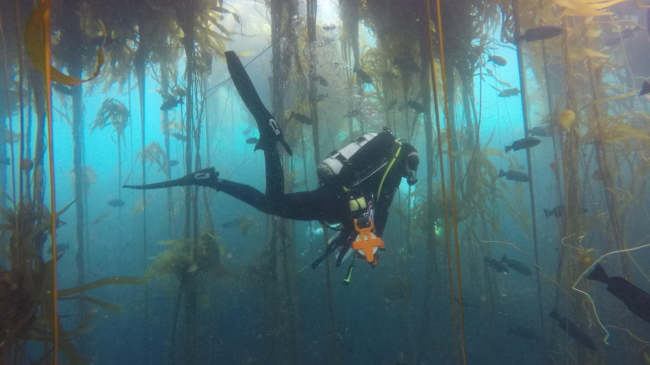
1. USA: NOAA Commits $50 Million from Inflation Reduction Act to Benefit Marine Sanctuaries
The Department of Commerce and NOAA announced today that nearly $50 million from the Inflation Reduction Act will be used to make infrastructure improvements to facilities at six national marine sanctuaries.
The National Marine Sanctuary System protects some of the most iconic underwater places throughout the United States, and these investments will make the facilities more resilient to climate change, improve the facilities’ capacity to engage in research and conservation and help NOAA inspire the public to be good stewards of our coasts, Great Lakes and ocean.
The six marine sanctuaries benefiting are the Greater Farallones and Cordell Bank National Marine Sanctuaries in California, the Hawaiian Islands Humpback Whale National Marine Sanctuary in Hawaii, the Mallows Bay-Potomac River National Marine Sanctuary in Maryland, the Monterey Bay National Marine Sanctuary in California, the Olympic Coast National Marine Sanctuary in Washington, and the Stellwagen Bank National Marine Sanctuary in Massachusetts.
Thank you for your generous gift that will help us continue the production of this weekly, free publication
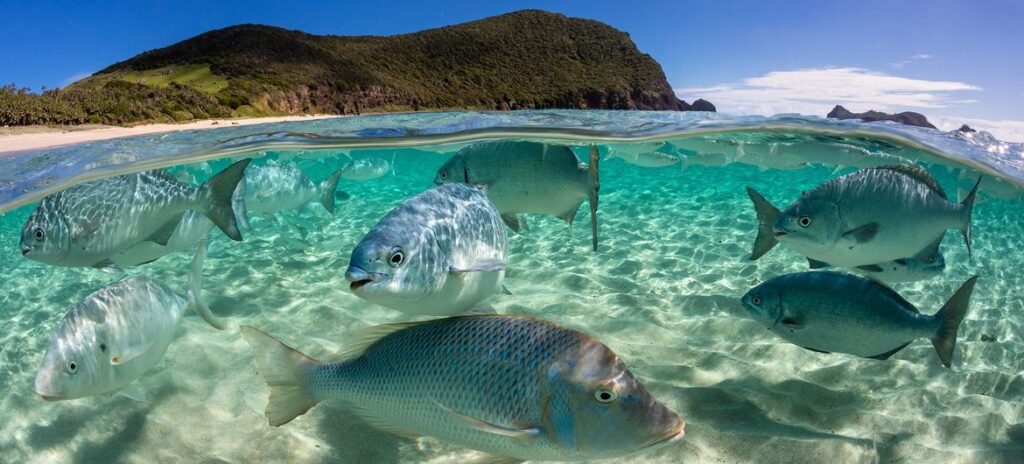
2. With Overwhelming Support, General Assembly Adopts Two Resolutions on New Oceans Biodiversity Treaty, Progress Update: International Plastic Pollution Treaty, Florida Reefs Need Rescue After Recent Teperatures Soar
The General Assembly today adopted two resolutions — including one on entry into force of a previously adopted agreement on the oceans and conservation of biodiversity — while rejecting an amendment proposed by the Russian Federation that would have deleted three critical paragraphs of the text.
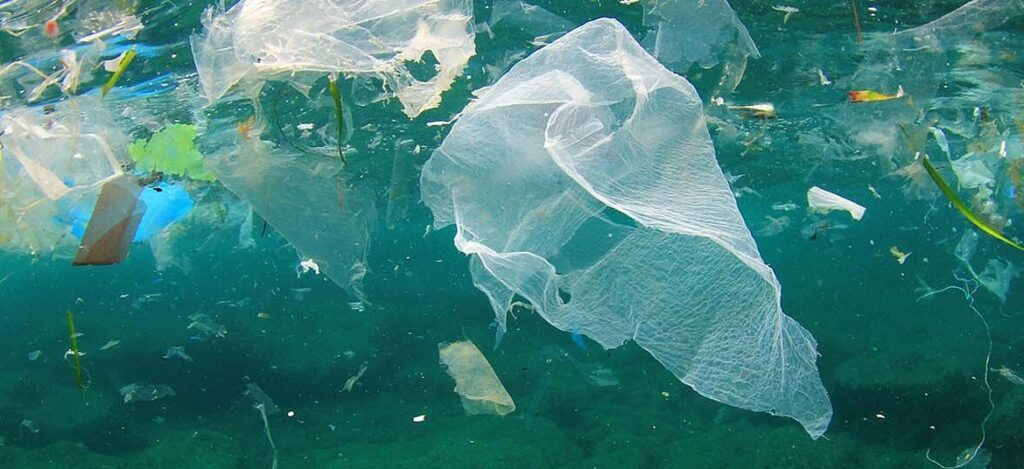
3. The Development of an International Plastic Pollution Treaty – Progress Report
The second session of the intergovernmental negotiating committee was opened at the United Nations Educational, Scientific and Cultural Organization (UNESCO) in Paris, on 29 May 2023, by Ambassador Gustavo Meza Cuadra, Chair of the intergovernmental negotiating committee. He said that it was only through swift, decisive, and collective action that plastic pollution, which knew no boundaries, could be tackled.
A successful international legally binding instrument on plastic pollution, including in the marine environment, would consider the whole life cycle of plastics, ensuring sustainable production and consumption and addressing the issue of legacy plastics, and above all, it would be implementable. He was committed to working towards an inclusive, consensus-based process that reflected the needs and views of all stakeholders that would result in an ambitious, fair, and effective instrument to tackle one of the most significant challenges facing the world.
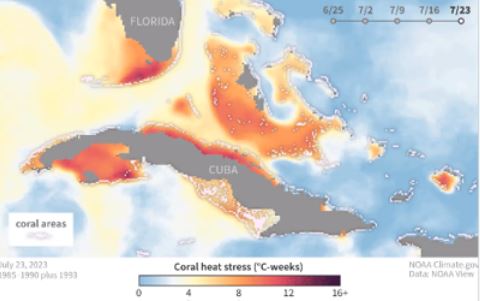
4. RACE to RESCUE Remaining Florida Corals From Historic Ocean Heat Wave
In mid-July 2023, heat-stressed corals in the southern Florida Keys began bleaching—expelling their food-producing algal partners—amid the hottest water temperatures ever documented in the region during the satellite record. As weeks of heat stress have continued to accumulate, bleaching and death have become more widespread, raising fears of a mass mortality event on the region’s already fragile reefs.
NOAA and its state agency, university, and non-profit partners are responding to the crisis with a variety of measures that they hope will safeguard the Reef’s remaining live corals, protect corals being grown in underwater nurseries, and preserve live fragments of all genetically unique staghorn and elkhorn coral that remain on Florida’s Coral Reef. Reef conservation teams have already relocated thousands of nursery coral colonies to tanks at the Florida Institute of Oceanography’s Keys Marine Lab for rehabilitation and safekeeping, hopefully for just the short term.
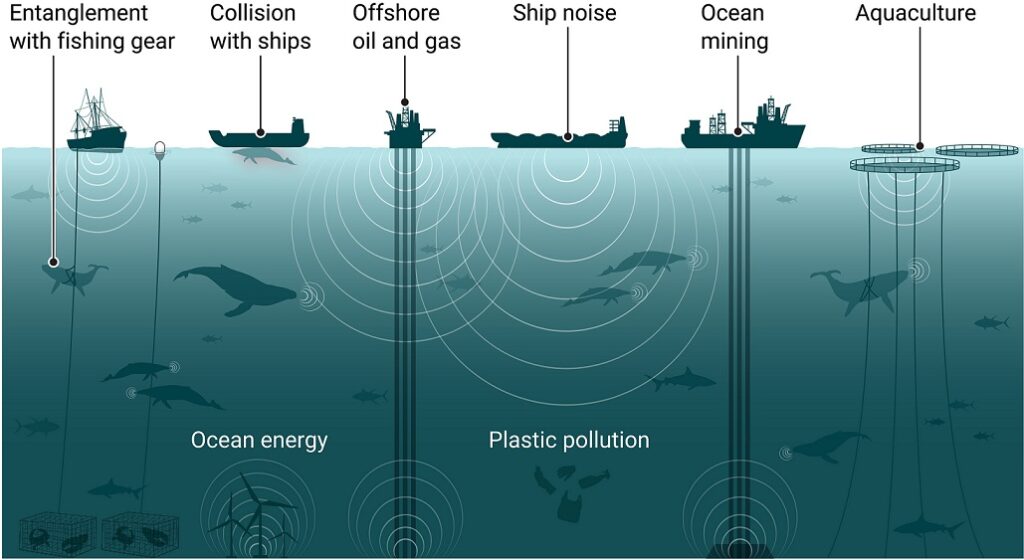
5. The Future of Whales in Our Anthropocene Ocean
If you dove into the sea in the 1800s and listened, you would have been treated to a complex and beautifully rich symphony of sound. A listen to our Anthropocene ocean today could include a cacophony of intense new human-generated sounds: pile driving operations and other sounds of coastal construction, military explosions, and rolling walls of intense sonar-generated sound and the clang of working oil rigs.
Noise pollution impacts the smallest to the very largest marine fauna. Sounds blast from seismic surveys can kill zooplankton over 1 km away. Whales and other marine mammals are especially sensitive to noise pollution as they swim through an ocean of new noise that at times is like a highway overpass, construction site, and noisy bar combined. This can impede intra-specific communication and interfere with their capacity to find food and avoid predators
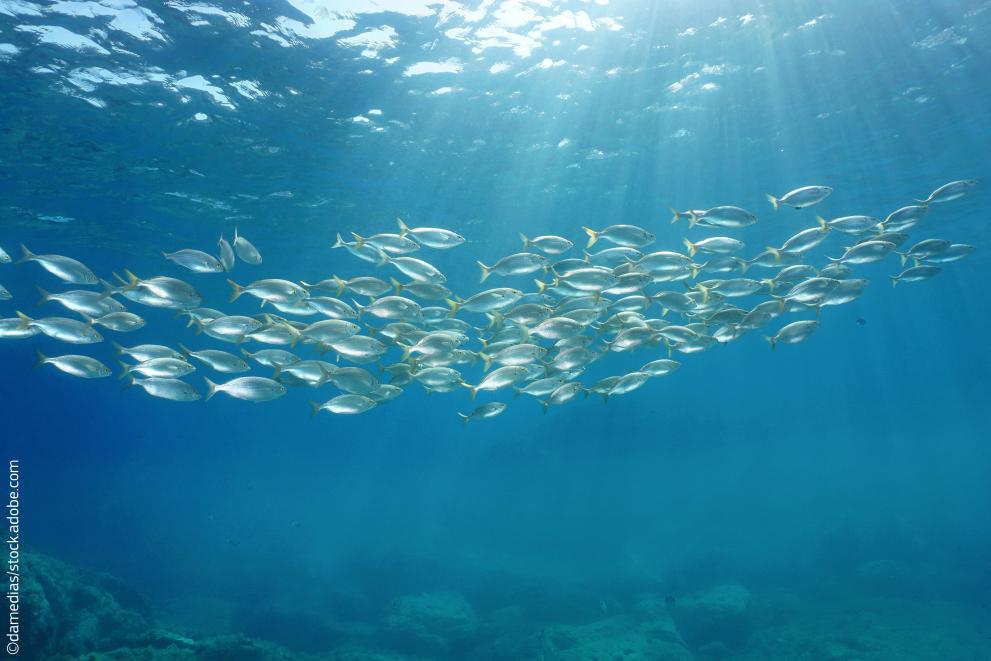
6. Life Below Water: How Far Is the EU in Implementing the UN Sustainable Development Goals?
The 2030 Agenda for Sustainable Development, adopted by all UN Member States in 2015, provides a shared blueprint for peace and prosperity for people and the planet. Since 2015, the EU has been placing the Sustainable Development Goals (SDGs) at the core of its policy, legislation, and funding.
Out of the 17 SDGs, success in reaching SDG 14 “Life below water” is linked to making progress in: SDG 2 – more sustainable agriculture (main source of water, including marine, pollution) and more sustainable food system (including aquaculture), SDG 6 – reducing water pollution and tackling more effectively the interconnections between freshwaters and oceans, SDG 15 – halting biodiversity loss in marine ecosystems through the global Concention on Biodiversity and the EU Nature Restoration Law. Halfway through the implementation of its 2030 Agenda, the record is clear: much has been achieved, but a lot is left to be done.
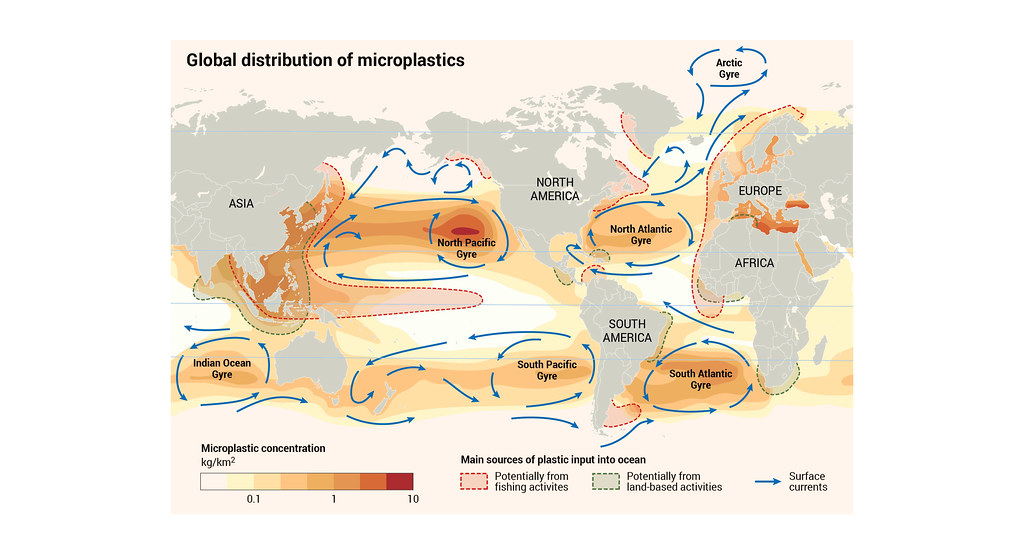
7. The Plastics Crisis and Its Challenges
Plastics are the largest, most harmful, and persistent fraction of marine litter, accounting for at least 85% of total marine waste. An estimated 14 million metric tons of plastic enters the ocean annually, with estimates of over 170 trillion plastic particles afloat in the world’s oceans, wreaking havoc on livelihoods and ecosystems, and this number is expected to triple in the next twenty years (UNEP, 2021).
The international community increasingly recognizes the need to change course because healthy oceans and seas are essential to human existence and life on Earth. The 2030 Agenda for Sustainable Development (SDG), adopted by all UN Member States in 2015, provides a shared blueprint to fight this pollution. In particular, SDG Goal 14 is about conserving and sustainably using the oceans, seas, and marine resources.

8. Kenya Marks International Day for Conserving Mangroves
In response to global concerns about the loss and degradation of mangrove ecosystems, the General Conference of UNESCO adopted the proclamation of the International Day for the Conservation of the Mangrove Ecosystem on July 26, 2015. The Cabinet Secretary of Climate Change, Environment, and Forestry in Kenya will deliver a speech during the main ceremony which will take place at Mwenjeni Village, Kwale County, and will involve rehabilitating degraded mangrove areas through hydrological restoration and planting new mangroves.
The celebrations first took place in 2019 in Kwale and have since extended to Lamu and Mombasa Counties, with over 48 million seedlings planted since the first observance of the day. Restoring and protecting mangroves align with Sustainable Development Goal (SDG) 14, which aims to govern oceans and coasts sustainably and recognizes their immense value to local communities.

9. Compostable Plastic Bag Ban Called “Nonsensical”
In December, plastic checkout bags – along with plastic cutlery, food service ware, stir sticks, and (most) straws – will be banned from sale. Caught up in the impending prohibition are Calgary Co-op stores, a grocery chain focused on local and Western Canadian products that sell compostable bags at the till for 15 cents each. The bags will be included in the ban. The federal government says in essence they’re the same as conventional plastics because they need special municipal facilities to be broken down and won’t rot away on a forest floor.
Certainly, not all compostable bags are created equal. These particular ones won’t break down in nature; a high-temperature, high-moisture municipal composting system is needed, Calgary has such a system. And even as single-bag sales are banned at the till, the federal government will still allow the bulk sale of both plastic and compostable bags.
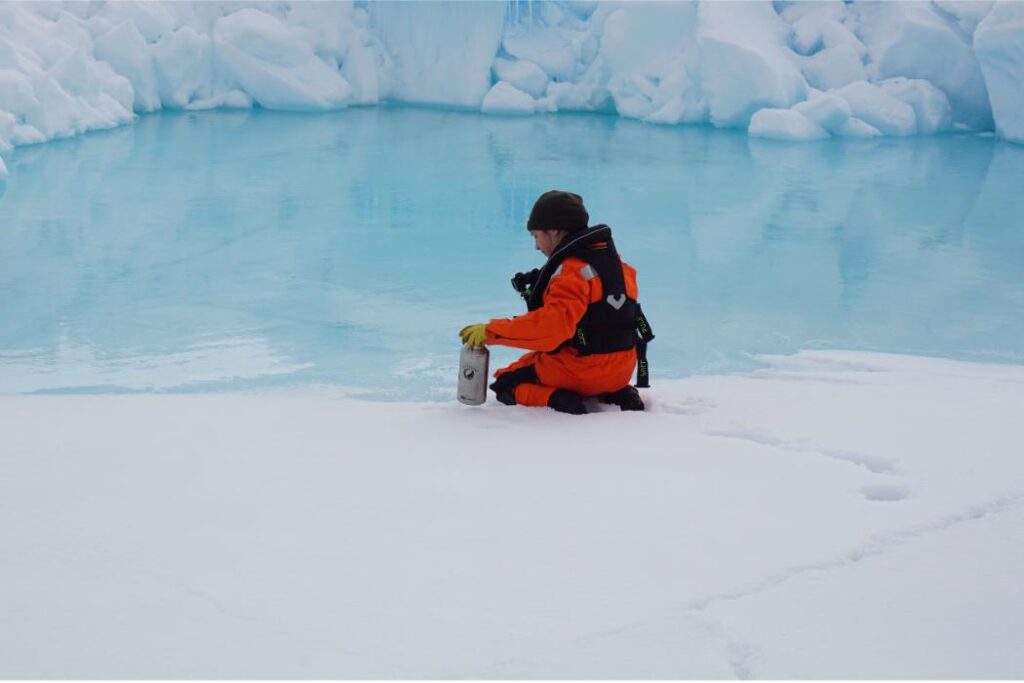
10. New Research Shows Arctic Sea-Ice Algae Attract Plastics
University of Canterbury scientist Dr. Deonie Allen found Arctic algae (Melosira arctica) has 10 times the concentration of plastic particles than surrounding seawater, potentially threatening sea life and exposing the people who rely on marine food in the region to plastics. The algae flourish under the sea ice in spring and summer.
They then die and drop in clumps kilometres to the sea floor, carrying plastic particles with them. The concentration of plastic particles at the base of the food web is a threat to creatures that feed on the algae at the sea surface as well as bottom-dwelling animals in the deep sea. The Arctic ecosystem is threatened by environmental upheavals caused by the climate crisis; exposing organisms to microplastics and the chemicals they contain could weaken them further.
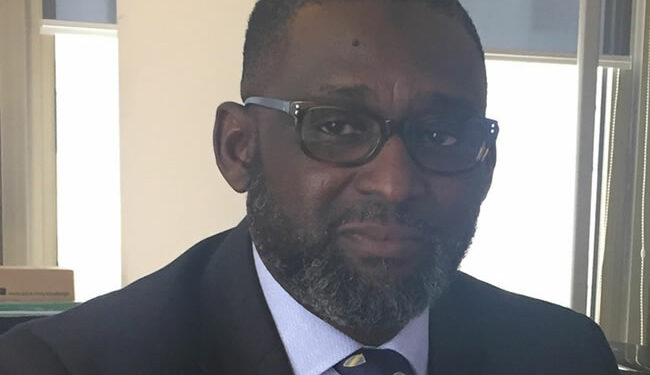
11. Major Ship Management Director “Waterways at Risk of Plastic Pollution”
With about eight million tonnes of plastics and five trillion pieces of plastics in the ocean, Managing Director of NLNG Ship Management Limited (NSML), Abdulkadir Ahmed, has warned that waterways and, by extension, the world oceans are in the depths of a plastic crisis.
He said that plastics and marine pollution have found their way into every marine ecosystem on the planet, impacting not only economic activities but also the health of the people and environment. Ahmed stated that scientists had warned that by 2050 there would be more plastics, by weight than fish in the sea, with an ever-increasing level of microplastics entering the global food chain.
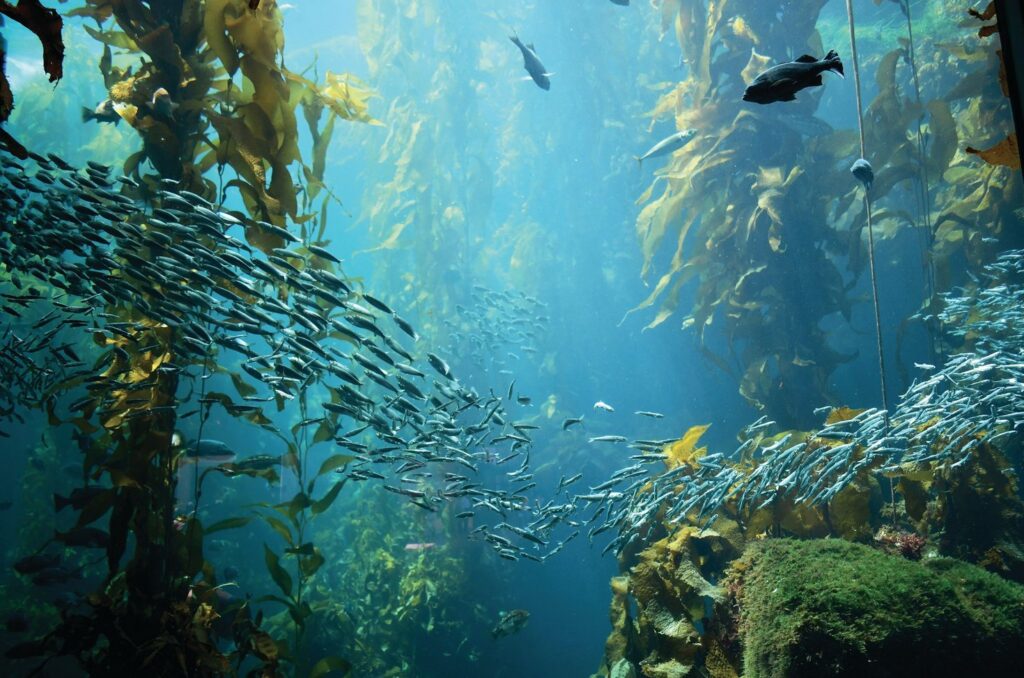
12. Pacific Marine Heatwaves Cause Problems for Multiple Ecosystems
Researchers found that over the last decade, multiple Pacific Marine heatwaves had a dire impact on the ecosystems of California’s Marine Protected Areas (MPAs). The devastating effects include mass die-off, migration, and habitat loss, which feeds onto the land, causing local economic losses and more. The report by UC Santa Barbara researchers was published in Global Change Biology.
The researchers found that the heat waves didn’t discriminate, and areas were negatively affected whether they were designated as a MPA or not. “MPAs in California and globally offer numerous advantages, including heightened fish abundance, biomass, and diversity However, they were not originally intended to mitigate the consequences of climate change or marine heatwaves. We utilized no-take MPAs as a means of comparison to determine whether the protected ecological communities exhibited better resilience to the marine heatwave compared to areas where fishing activities took place.”
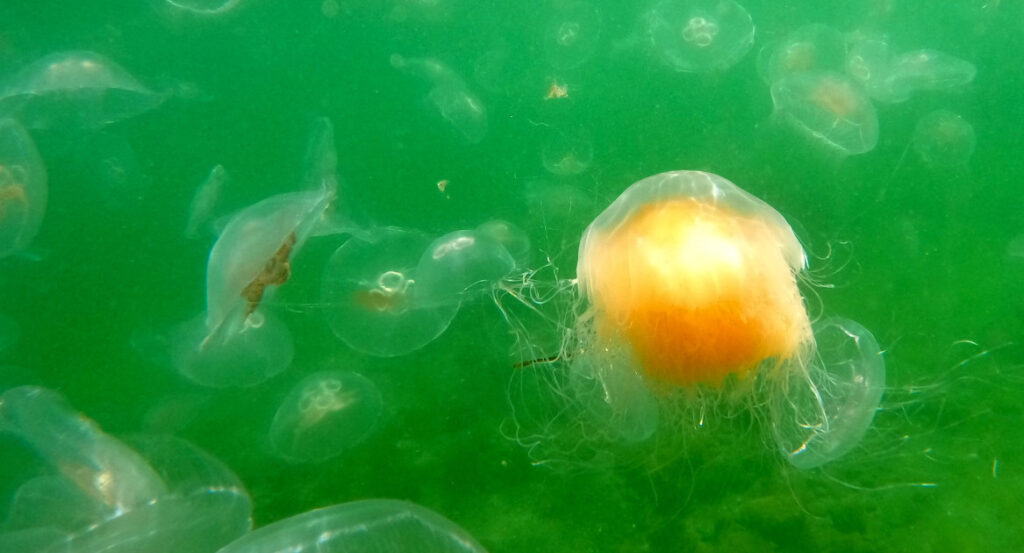
13. Global Warming: Experts Warn of Strong Invasion of Jellyfish off the Coast of Scotland
Marine Conservation Society professionals warn about the dangers of stings in both humans and animals. Scotland is facing a “record year” of massive influx of jellyfish on its shores, according to the Marine Conservation Society. This phenomenon, which is increasingly being repeated in Europe, can be dangerous for both people and animals.
Large numbers of jellyfish were recorded in the Scottish Highlands, Western Isles, and Ayrshire. However, The organization has been reporting on the status of jellyfish for 20 years and encourages local people to inform them when they come across them through its website. The information is relevant not only because jellyfish sting, but also because they signal temperature changes in the oceans or They allow us to measure what happens in water.
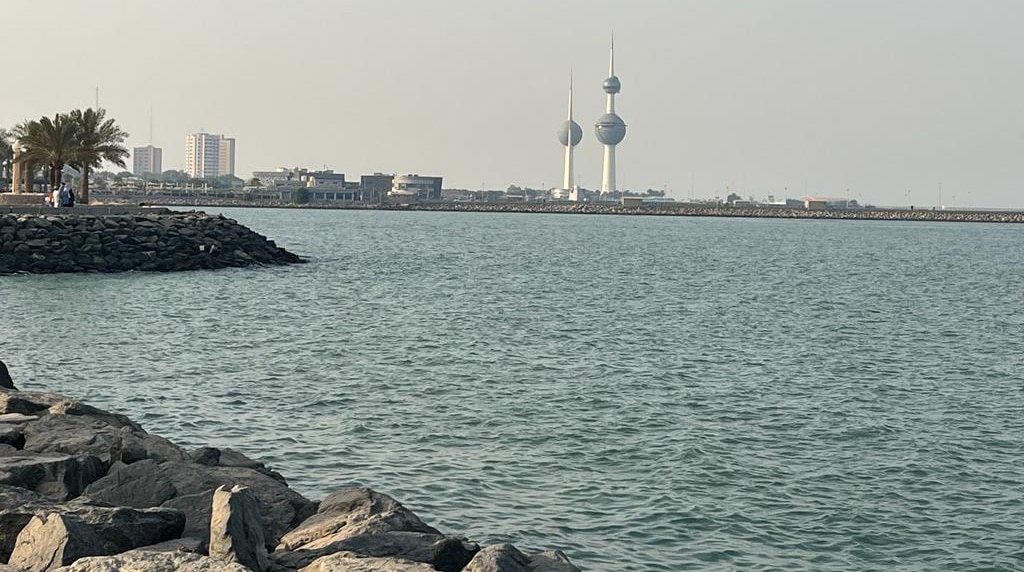
14. Climate Change, Pollution Put Kuwait Waters at Risk
Marine life is an integral part of the ecosystem, as the earth is mostly covered by oceans. We must preserve marine life because it has the most significant effect on the ecosystem in the world, Kuwait and the Gulf included. Key marine issues in Kuwait and the Gulf include biodiversity loss, climate change impacts, plastic, and other pollution. “These are similar to marine issues around the world.
The oceans are all connected, and some marine species travel great distances, so no country is detached from any other in terms of the impacts of these issues.” climate change impacts are already being seen in the region. “The region’s seas are warming three times faster than the global average with an increased risk of coastal flooding which could impact low-lying coastal areas such as Kuwait City due to sea level rise, as well as flooding during storm events”.
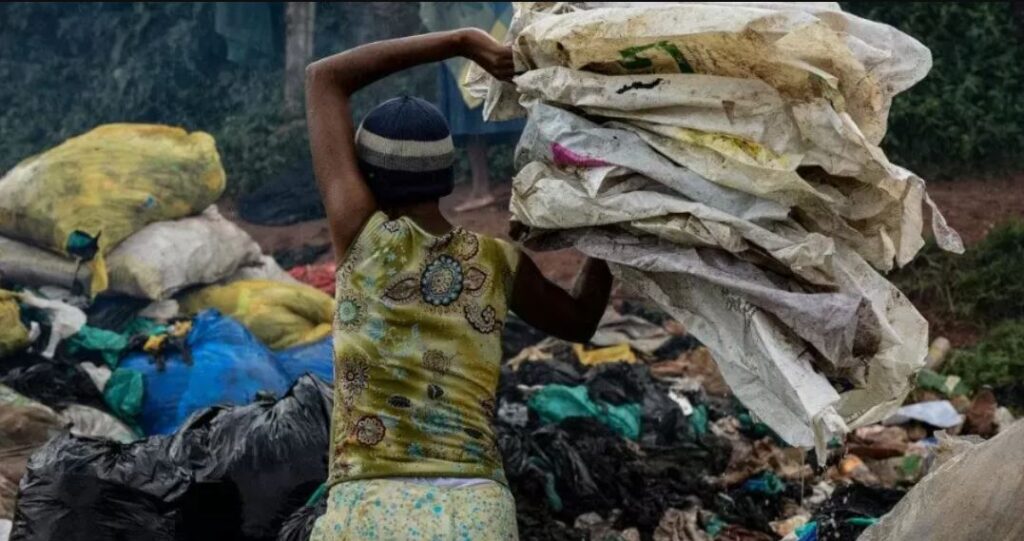
15. Efforts Increase Urging Ugandans to Recycle More
Plastic pollution has increased in Uganda despite repeated plastic bans since 2009. Over half of all plastic garbage, according to Ugandan environmental authorities, ends up on open land, waterways, lakes, or parks. “The problem is really too big that even the recycling rate in Uganda is only 1%. There are no solutions that can solve plastic, and yet we have a lot of companies that produce plastic, but we have few companies that recycle plastic or give plastic a second life”, said Shamim Naluyima, founder of Edu-Plastics.
Her company washes, dries, and irons plastic bags before sewing them into school bags and other learning materials like letters, numbers, and rulers that can be used by children and students. This removes plastic trash from the environment while also hopefully encouraging Ugandans, particularly students, and parents, to recycle more and stop littering.
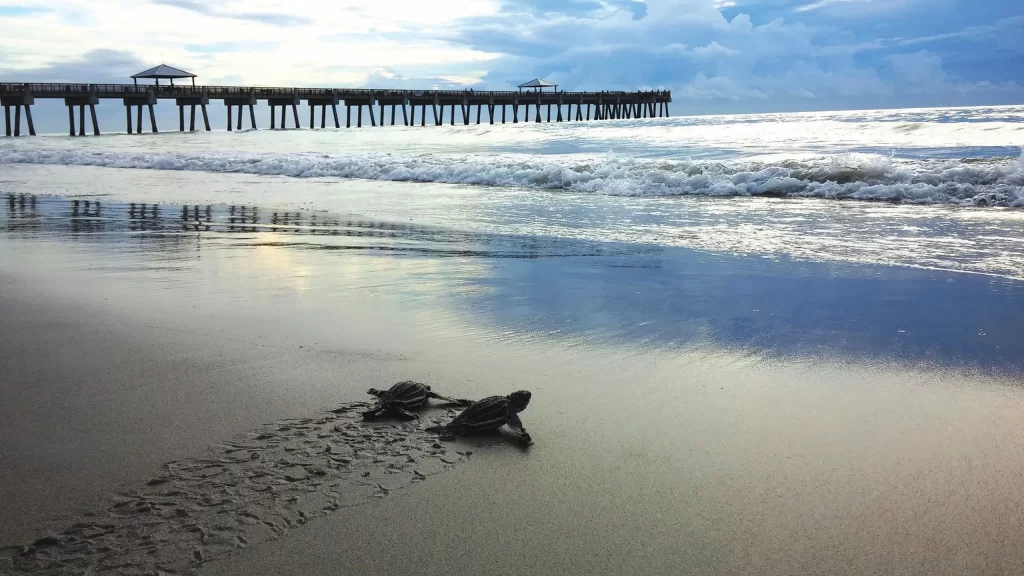
16. A Record-breaking Number of Turtle Nests Found on Florida Beaches
Last week, researchers discovered a high number of sea turtle nests in the nesting sites of Juno Beach, Jupiter-Carlin Park, and Tequesta in northern Palm Beach County, breaking a record. An official news release stated that 20,998 turtle nests were recorded on Wednesday and that the number had even increased to 21, 872 by Sunday. This is astounding compared to last year’s record of only 18,132.
“We are so excited to break this all-time nesting record and can’t wait to see if each sea turtle species breaks its record,” Dr. Justin Perrault, vice president of research at Loggerhead Marinelife Center, said in the news release. He also credited environmental protection practices for the increased numbers. He said that ocean conservation efforts are finally coming to fruition; we just need to make sure that we continue to protect these animals and their ecosystems.
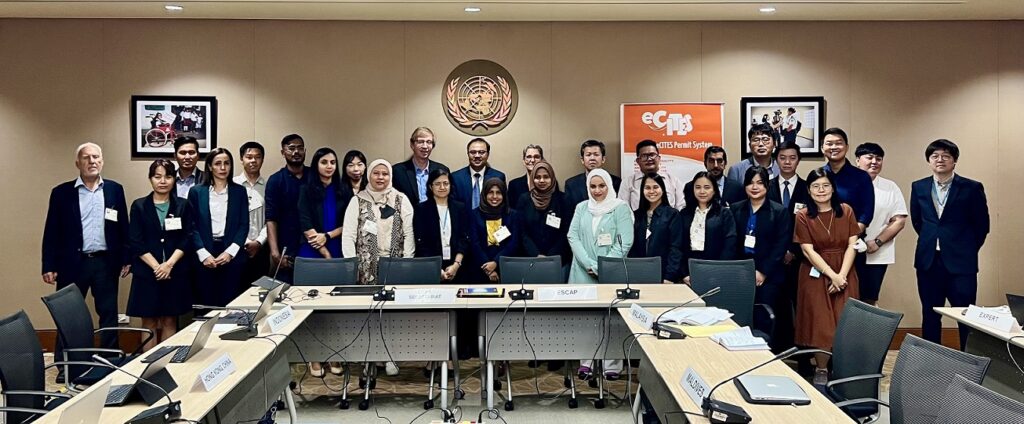
17. Workshop on Digital Solutions Improves Use of CITES Electronic Permitting System
Having electronic permitting systems is vital to ensure the legality, sustainability, and traceability of international trade in wildlife species. The Convention on International Trade in Endangered Species of Wild Fauna and Flora (CITES) developed its electronic system in 2010 to streamline its permit processes and combat illegal trade in wildlife.
The benefit of automating its processes has been an increase in cross-border transparency, saving time and resources for CITES Management Authorities as it verifies and issues CITES permits, and fewer opportunities for the use of fraudulent permits. To further the use of its electronic system, the CITES Secretariat and United Nations Economic and Social Commission for Asia and the Pacific (UNESCAP) co-organized a workshop about electronic CITES permitting systems in July 2023.

18. Scientists Unearth 600-Million-Year-Old Ocean in Himalayas
In a remarkable discovery, scientists have found preserved water droplets trapped in mineral deposits, believed to be remnants of an ancient ocean that existed approximately 600 million years ago in the Himalayas. The analysis of these mineral deposits, containing both calcium and magnesium carbonates, has provided the scientific team with valuable insights. First, this discovery has also shed light on potential events that might have contributed to a significant oxygenation event in Earth’s history.
Scientists believe that between 700 and 500 million years ago, thick sheets of ice covered the Earth for an extended period. This may have led to an increase of oxygen in the Earth’s atmosphere, which in turn eventually led to the evolution of complex life forms. Second, scientists don’t know much about past oceans. Insights about them could provide clues about the Earth’s past climate, which could be useful for climate modeling.

19. Major Hotel Chain Eliminates Single-Use Plastic Water Bottles
Park Inn by Radisson Iloilo, a prominent player in the hospitality industry, announced a significant step forward in its commitment to sustainability. It’s getting rid of single-use plastic bottles. Hotels have long been contributors to plastic pollution due to the widespread use of single-use bottled water. Recognizing this environmental challenge in the tourism industry, Park Inn by Radisson Iloilo is reducing its plastic footprint by removing single-use bottled water from guest rooms. Instead, it is implementing reusable carafes as an amenity from July onwards.
Water stations are deployed in strategic areas of the hotel and are equipped with built-in UV filtration systems, guaranteeing all guests access to clean and safe drinking water. This initiative is expected to save thousands of plastic bottles from entering landfills and waterways each year, making a significant positive impact on the environment.
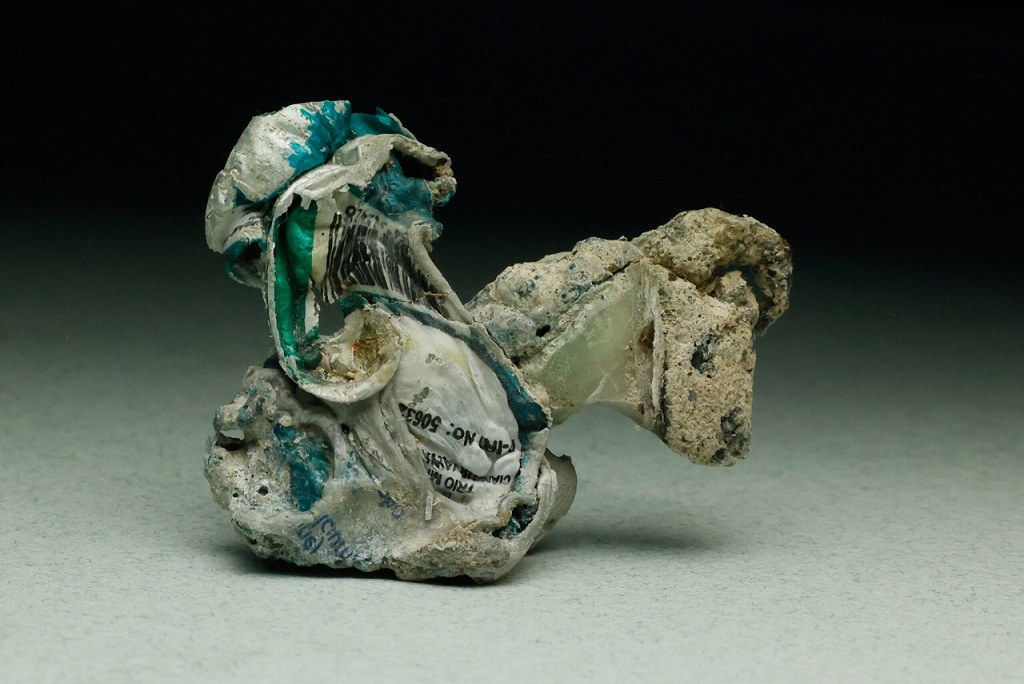
20. Plastic ‘Frankenrocks’ Pose New Pollution Threat to Coastal Environment
A group of Indonesian and German researchers discovered evidence of a new, insidious kind of plastic pollution on an island beach in Indonesia’s Java Sea: melted plastic that had melded with rocks, coral, and other naturally existing materials in coastal areas. Samples of these “Frankenrocks” are reported to have formed due to the uncontrolled burning of plastic garbage on Indonesian beaches.
Lead author Dwi Amanda Utami, a geologist at Indonesia’s National Research and Innovation Agency, said these new types of plastic pollution could contribute to the chemical contamination of nearby coastal habitats such as coral reefs, seagrass meadows, and mangroves. “Compared to normal plastic waste, the unique properties of Plastiglomerates require a specific form of coastal management,” Dwi said in the statement from the authors. “If trash from urban areas on tropical beaches were better disposed of and managed, a serious problem could be prevented.”
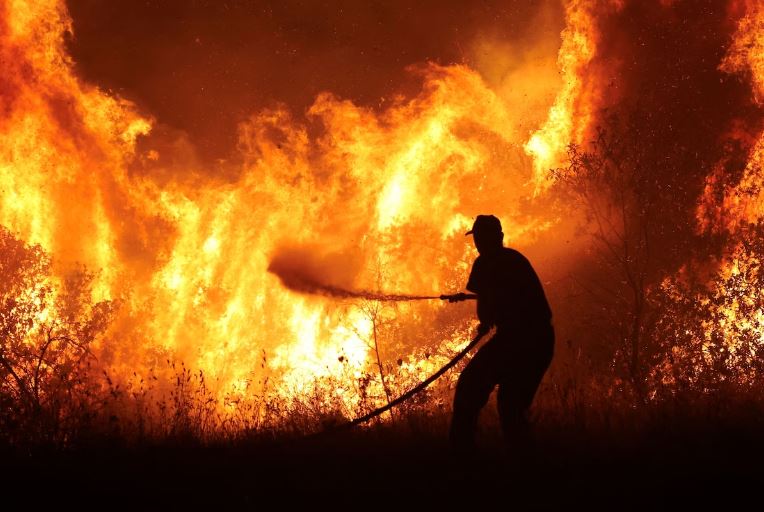
21. As the World Swelters, a Backlash to Climate Action Gains Strength
U.N. Secretary-General António Guterres has a habit of making strong pronouncements about climate change. His latest warning, as scientists confirmed that July was set to become the Earth’s hottest month on record, is impossible to ignore. “The era of global warming has ended,” Guterres declared in a news briefing at the United Nations headquarters in New York on Thursday.
“The era of global boiling has arrived.” Despite the visceral evidence of a changing planet, and all the entreaties of U.N. officials and climate scientists, there’s little political unanimity on what must come next. Governments across the world have put forward plans and commitments to drastically slash emissions and decarbonize their economies. But the measures needed to stave off planetary warming beyond a threshold considered by scientific consensus to be catastrophic for the planet are still proving to be a tough sell.
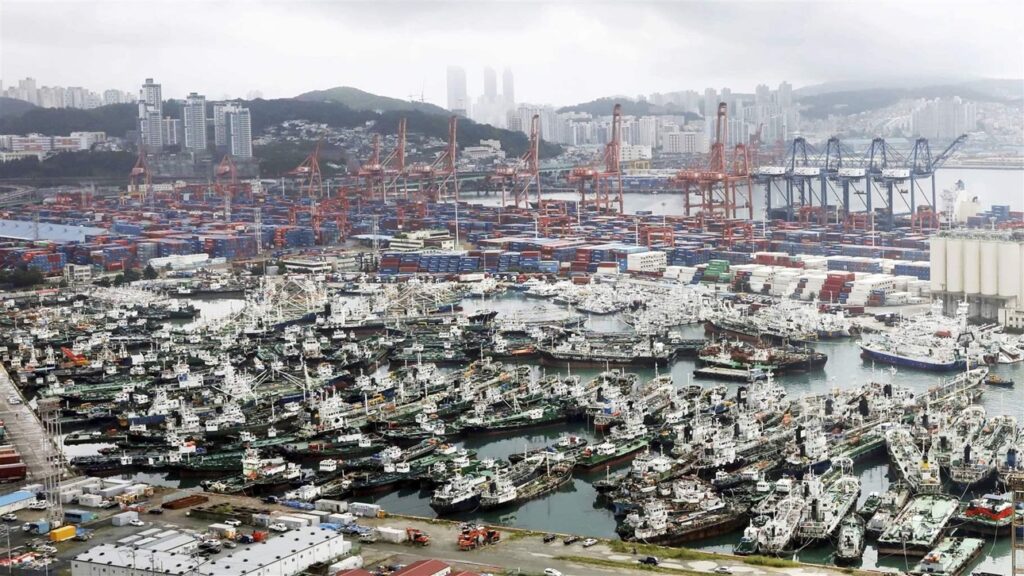
22. Illegal Catch Continues But We See Progress
Illegal, unreported, and unregulated (IUU) fishing is a threat to global ocean sustainability. Researchers estimate that 1 in 5 fish caught globally are caught illegally, with a total cost to coastal nations between U.S. $10 billion and $23 billion a year. The United Nations Food and Agriculture Organization’s Port State Measures Agreement (PSMA), is the only legally binding international treaty specifically designed to prevent, deter and eliminate IUU-caught fish from entering the market.
Parties to the PSMA must implement controls to minimize that risk to ensure that foreign fishing vessels landing or transshipping—that is, transferring fish or other marine wildlife between a fishing vessel and a carrier vessel—in ports do so legally. To identify gaps in PSMA implementation, a peer-reviewed study by researchers from Poseidon Aquatic Resource Management and Global Fishing Watch was published in the journal Marine Policy in 2023.




